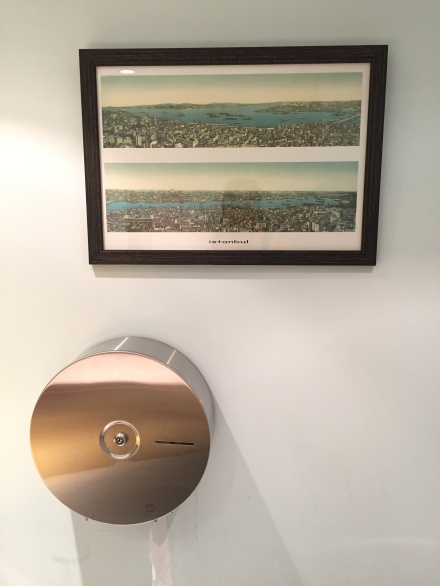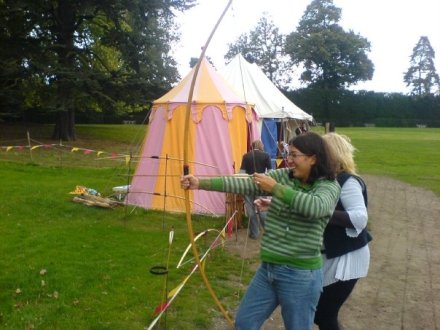Geçen hafta Londra‘nın yeni yüzlerinden “Sesame“ı keşfetme şansım oldu. İngiltere’nin ünlü şeflerinden, Nopi adlı lokantanın ve OttoLenghi adlı meze barın sahibi, İsrailli Yotam Ottolenghi’nin yeni numarası burasıymış. Bu saydığım yerleri deneyip beğendiğim, ama çok pahalı bulduğum için fast food havasındaki, çok daha ucuz olduğu söylenen Sesame’ı denenecek yerler listeme almıştım.

Sesame’ın dışarıdan görünüşü… (Fotoğraf: Filiz Taylan Yüzak)
Öğle yemeğinde sandviç-salata-suşi-çorba ekseninden sıkılan, farklı tatlar peşinde olanlar Sesame’ı eminim seveceklerdir. Burası Covent Garden adlı turist cennetinin ortasında, Londra‘nın göbeğinde bulunuyor. Fiyatlar uygun. Yemeklerin ambalajı ve konsepti, paket almak için ideal. Sloganı da “Akdeniz’in sokak mutfağı.” Orta Doğu lezzetlerinden bazılarını sunuyor.
Mönü daha çok tavuk ağırlıklı. Zahterli tavuk dikkatimi çekti, ama etin tadını merak ettiğim için tercihimi hafif acılı kuzu etinden yana kullandım. Bütün sıcak yemekler pitta ekmeğinin (bir çeşit pide, ama tabii ki bizimki kadar iyi değil 🙂 içinde, bir nevi dürüm havasında önünüze geliyor. Pitta’yı da ısıtmaları ayrıntı gibi görünebilir, ama önemliydi. Çünkü bazı yerlerde dürümlerin hamuru ısıtılmıyor ve böylece lezzet mahvoluyor.
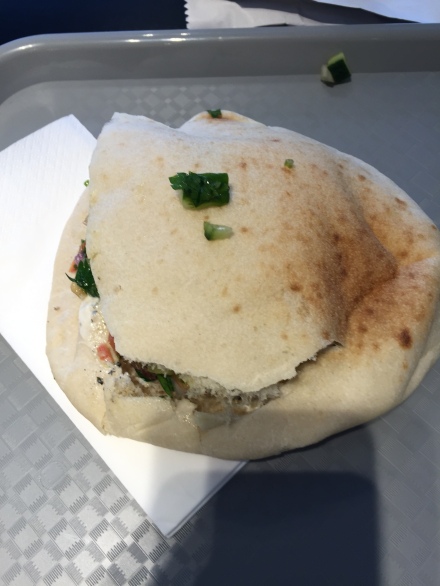
Açıl susam açıl…. (Fotoğraf: Filiz Taylan Yüzak)
Kuru cacık sosu ve bol yeşillikli çoban salata kuzu etine katık olmuş. Tadı gayet güzeldi. Ama çok şahaneydi diyemeyeceğim. Bir gündüz vakti aç karnına Covent Garden’a yolunuz düşer de pratik ne yesem derseniz buraya gidiniz. Pret, Eat ve benzeri sandviççilerin bütün mönüsünü ezberlemiş biz çalışan köleler (!) için burası birebir.
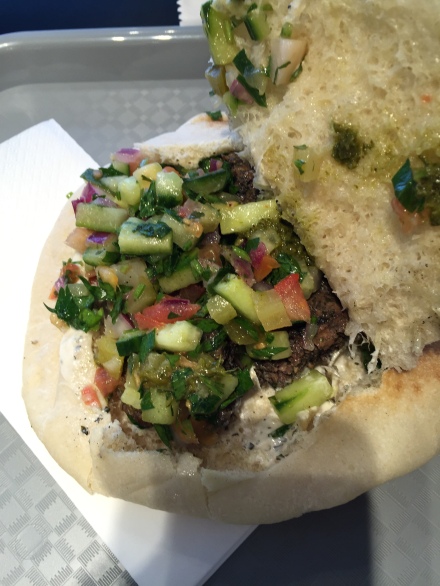
Pide içinde hafif acılı kuzu kebabı… (Fotoğraf: Filiz Taylan Yüzak)
Sesame’da kuskus, sumak, tahin gibi tanıdık lezzetler denenebilir. Benim gözdelerimden maydonoz salatası tabule ve sevmeyeni sanırım olmayan humus, tatlı olarak helva da mönüde gözüme çarpanlardan. Ayrıca sarımsak ve kakuleli, acılı tavuk veya mango turşulu patlıcan ve yumurtalı sandviç de değişiklik isteyenlere gelsin 🙂

Sesame’den alabileceğiniz ilginç atıştırmalıklar… (Fotoğraf: Filiz Taylan Yüzak)
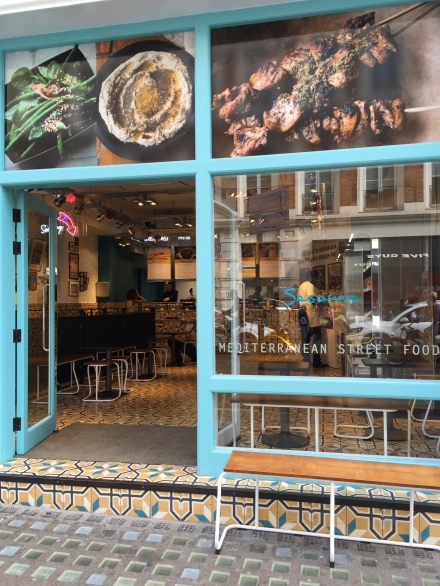
Humus ve tavuk şiş… (Fotoğraf: Filiz Taylan Yüzak)
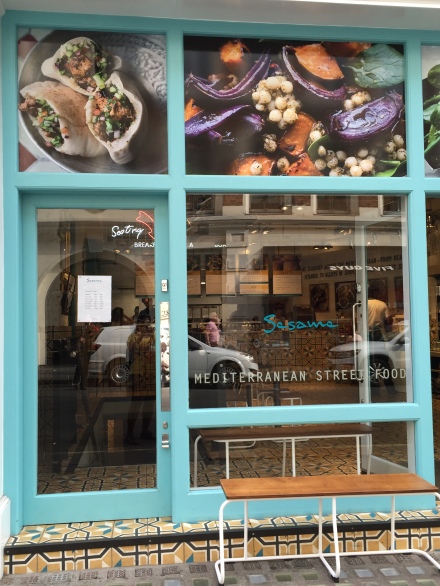
Dürüm ve nohutlu salata… (Fotoğraf: Filiz Taylan Yüzak)
Dekorasyonda dikkatimi çeken öğeleri de sizler için fotoğrafladım:
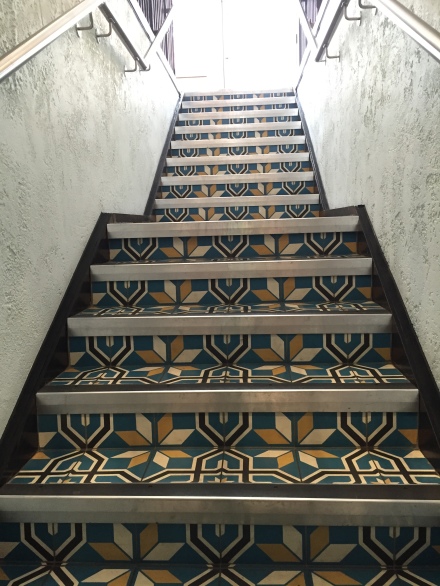
Bu merdiveni çok sevdim, İstanbul-Karaköy’deki lisemin yer karolarını hatırlatıyor. (Fotoğraf: Filiz Taylan Yüzak)
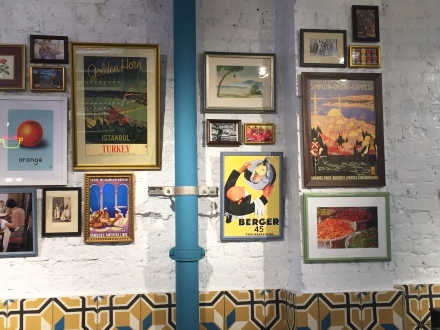
İstanbul posterleri de burayı şenlendirmiş. (Fotoğraf: Filiz Taylan Yüzak)
Sesame, evlere servis de yapıyor.
Adres: 23 Garrick Street, London WC2E 9BN
İnternet sitesi: www.sesamefood.co.uk
Açık olduğu saatler:
Pazartesi-Çarşamba 07.00-21.00
Perşembe-Cuma: 07.00-23.00
Cumartesi: 09.00-23.00
Pazar: 11.00-19.00
